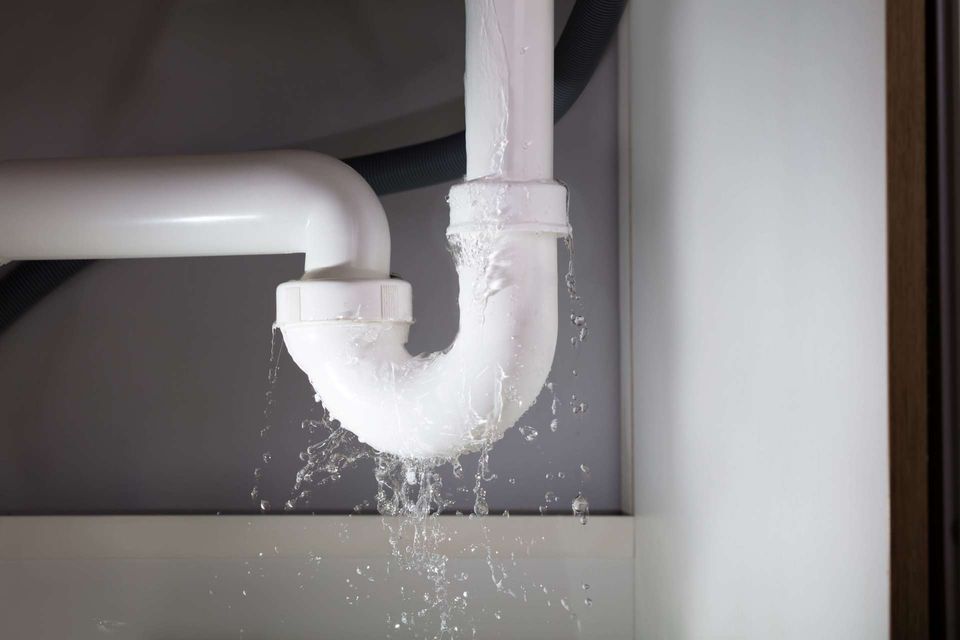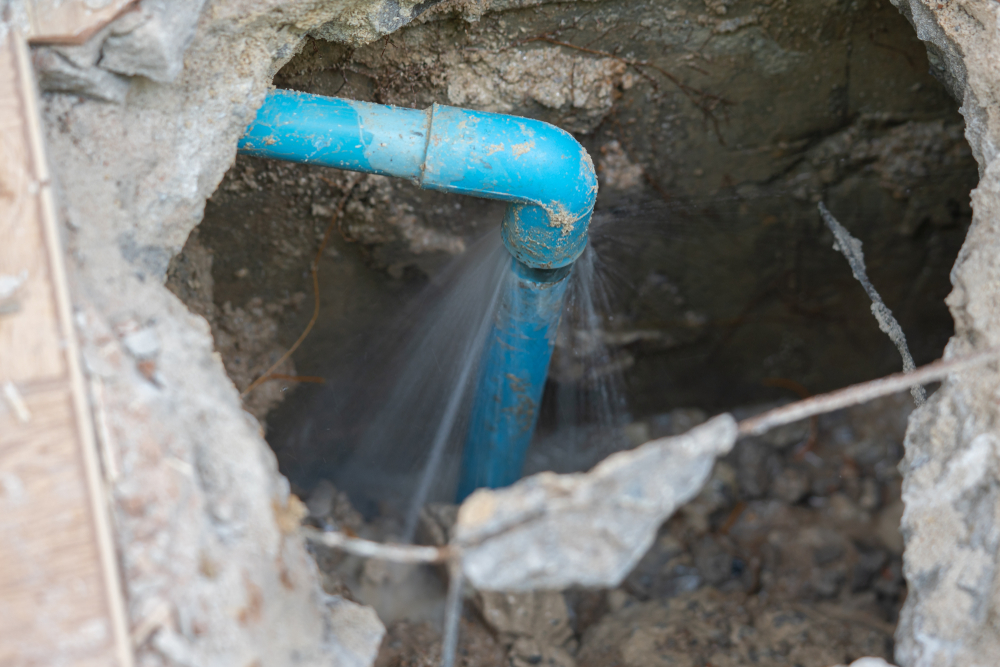Guide To Water Leak Detection In Your Home
Guide To Water Leak Detection In Your Home
Blog Article
Have you been on the lookout for information around Finding hidden leaks?

Early detection of dripping water lines can minimize a potential disaster. Some little water leaks might not be noticeable.
1. Check Out the Water Meter
Inspecting it is a guaranteed method that aids you discover leaks. If it moves, that indicates a fast-moving leak. This indicates you might have a sluggish leak that can also be below ground.
2. Check Water Consumption
Examine your water costs and also track your water intake. As the one paying it, you should notice if there are any type of inconsistencies. If you identify sudden changes, regardless of your consumption being the same, it implies that you have leaks in your plumbing system. Remember, your water expense should drop under the very same range every month. An abrupt spike in your costs indicates a fast-moving leak.
A constant increase every month, also with the same habits, reveals you have a slow-moving leak that's additionally slowly rising. Call a plumber to thoroughly inspect your property, specifically if you really feel a warm area on your flooring with piping underneath.
3. Do a Food Coloring Test
When it comes to water consumption, 30% comes from commodes. If the color somehow infiltrates your dish throughout that time without flushing, there's a leak in between the container as well as dish.
4. Asses Exterior Lines
Don't neglect to examine your exterior water lines too. Test faucets by connecting a yard pipe. Must water seep out of the link, you have a loose rubber gasket. Replace this and also make sure all connections are tight. If you've got a sprinkler system, it will certainly aid get it skillfully analyzed as well as maintained each year. One little leak can lose lots of water and spike your water expense.
5. Assess the scenario and also examine
Property owners need to make it a routine to examine under the sink counters and also inside closets for any type of bad odor or mold and mildew growth. These 2 warnings suggest a leak so timely attention is needed. Doing regular inspections, also bi-annually, can save you from a major issue.
If you recognize your residence is currently old, maintain a careful eye on your heating units, hoses, pipes and so on. Look for stainings and deteriorating as most pipelines and home appliances have a life span. They will likewise normally wear away due to tear and use. Do not wait for it to escalate if you suspect leaking water lines in your plumbing system. Call a specialist plumber as soon as possible so you do not wind up with a terrible mess in your house.
Early discovery of dripping water lines can reduce a prospective catastrophe. Some tiny water leakages might not be visible. Checking it is a guaranteed means that aids you find leaks. One small leakage can waste loads of water and increase your water costs.
If you think leaking water lines in your plumbing system, do not wait for it to rise.
WARNING SIGNS OF WATER LEAKAGE BEHIND THE WALL
PERSISTENT MUSTY ODORS
As water slowly drips from a leaky pipe inside the wall, flooring and sheetrock stay damp and develop an odor similar to wet cardboard. It generates a musty smell that can help you find hidden leaks.
MOLD IN UNUSUAL AREAS
Mold usually grows in wet areas like kitchens, baths and laundry rooms. If you spot the stuff on walls or baseboards in other rooms of the house, it’s a good indicator of undetected water leaks.
STAINS THAT GROW
When mold thrives around a leaky pipe, it sometimes takes hold on the inside surface of the affected wall. A growing stain on otherwise clean sheetrock is often your sign of a hidden plumbing problem.
PEELING OR BUBBLING WALLPAPER / PAINT
This clue is easy to miss in rooms that don’t get much use. When you see wallpaper separating along seams or paint bubbling or flaking off the wall, blame sheetrock that stays wet because of an undetected leak.
BUCKLED CEILINGS AND STAINED FLOORS
If ceilings or floors in bathrooms, kitchens or laundry areas develop structural problems, don’t rule out constant damp inside the walls. Wet sheetrock can affect adjacent framing, flooring and ceilings.
https://www.servicemasterbyzaba.com/blog/how-to-detect-water-leakage-in-walls/

I found that blog entry about Locating water leaks when doing a search on the internet. Be sure to take the opportunity to promote this blog if you appreciated it. Thank you for taking the time to read it.
Report this page